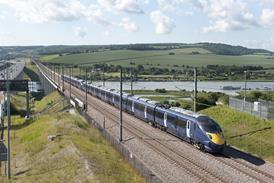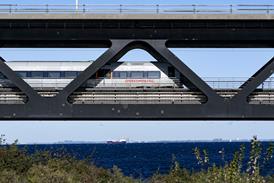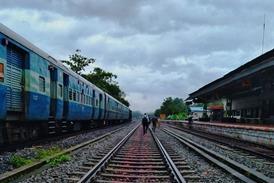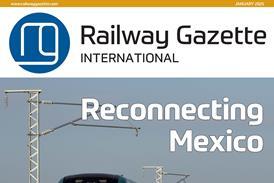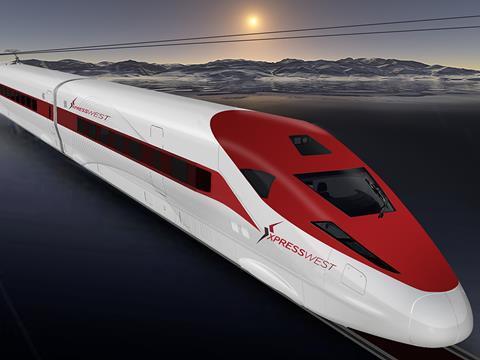
USA: Las Vegas to Los Angeles high speed rail project promoter XpressWest has terminated a joint venture agreement with China Railway International USA, citing ‘difficulties associated with timely performance and CRI’s challenges in obtaining authority to proceed with required development activities’.
XpressWest is a private company led by Marnell Companies which since 2005 has been developing plans for a 370 km Southwest Rail Network. This would have stations in Las Vegas, Victorville and Palmdale, where it would connect with Metrolink services to Los Angeles.
In September 2015 XpressWest announced an agreement for the CRI consortium of China Railway International Co, China Railway Group, CRRC Qingdao Sifang, China Construction America, CREEC USA and CRSC International to assist with developing, financing, building and potentially operating the line.
‘The team at XpressWest is optimistic CRI and its affiliates will one-day succeed in establishing a viable presence in the US rail market. However, our ambitions outpace CRI’s ability to move the project forward timely and efficiently’, said XpressWest CEO Tony Marnell in a statement issued on June 8. ‘XpressWest is undeterred by this development and remains dedicated to completing its high speed passenger rail project. XpressWest will now aggressively pursue other available development partnerships and options expected to result in a more efficient and cost effective project implementation experience.’
XpressWest, High Desert Corridor Joint Power Authority, California High Speed Rail Authority, San Bernardino County and Los Angeles County MTA expect a jointly-funded ridership study to be completed by August. Final environmental approvals for the Victorville – Palmdale section are expected by September.
The biggest challenge faced by XpressWest is ‘the federal government’s requirement that high-speed trains must be manufactured in the USA’, said Marnell. ‘As everyone knows, there are no high-speed trains manufactured in the USA. This inflexible requirement has been a fundamental barrier to financing high speed rail in our country. For the past 10 years, we have patiently waited for policy makers to recognise high speed rail in the USA is a new enterprise and that allowing trains from countries with decades of safe high speed rail experience is needed to connect the Southwest region and start this new industry. After the environmental work connecting Palmdale to Victorville is completed, we intend to renew our request for support from the Federal Railroad Administration and are hopeful policy makers in Washington DC will allow the Federal Railroad Administration to adopt a more flexible and realistic approach to support high speed rail.’
Marnell said ‘the real question is: do those in Washington DC have the courage and vision to proceed, or is our leadership going to force projects throughout the USA to seek financial support for infrastructure in our country from foreign governments?’

